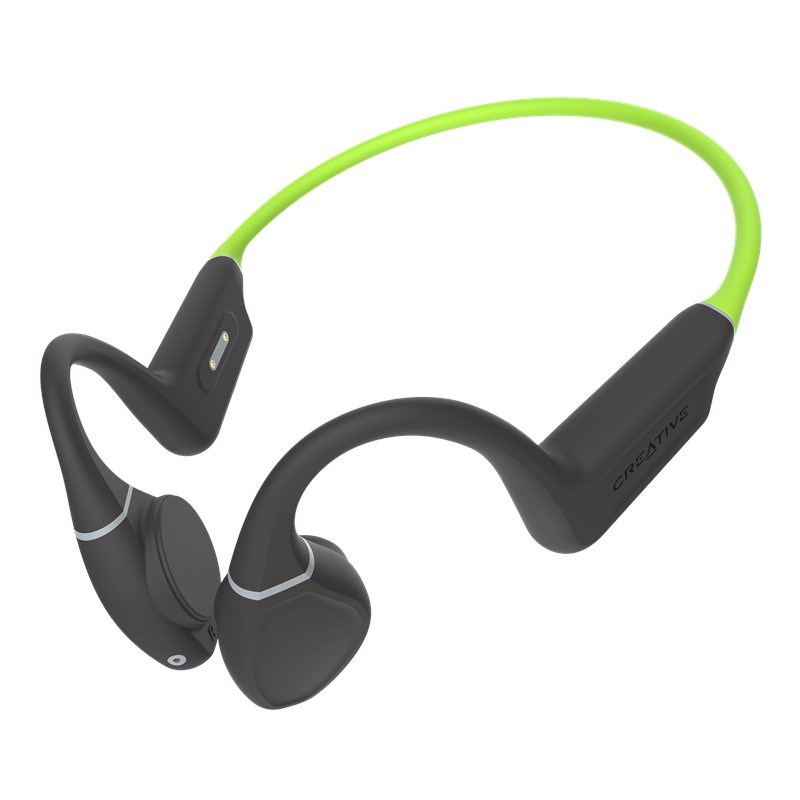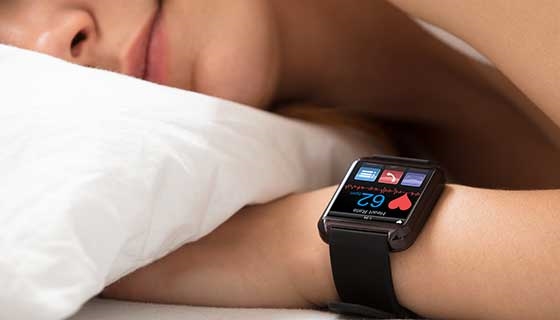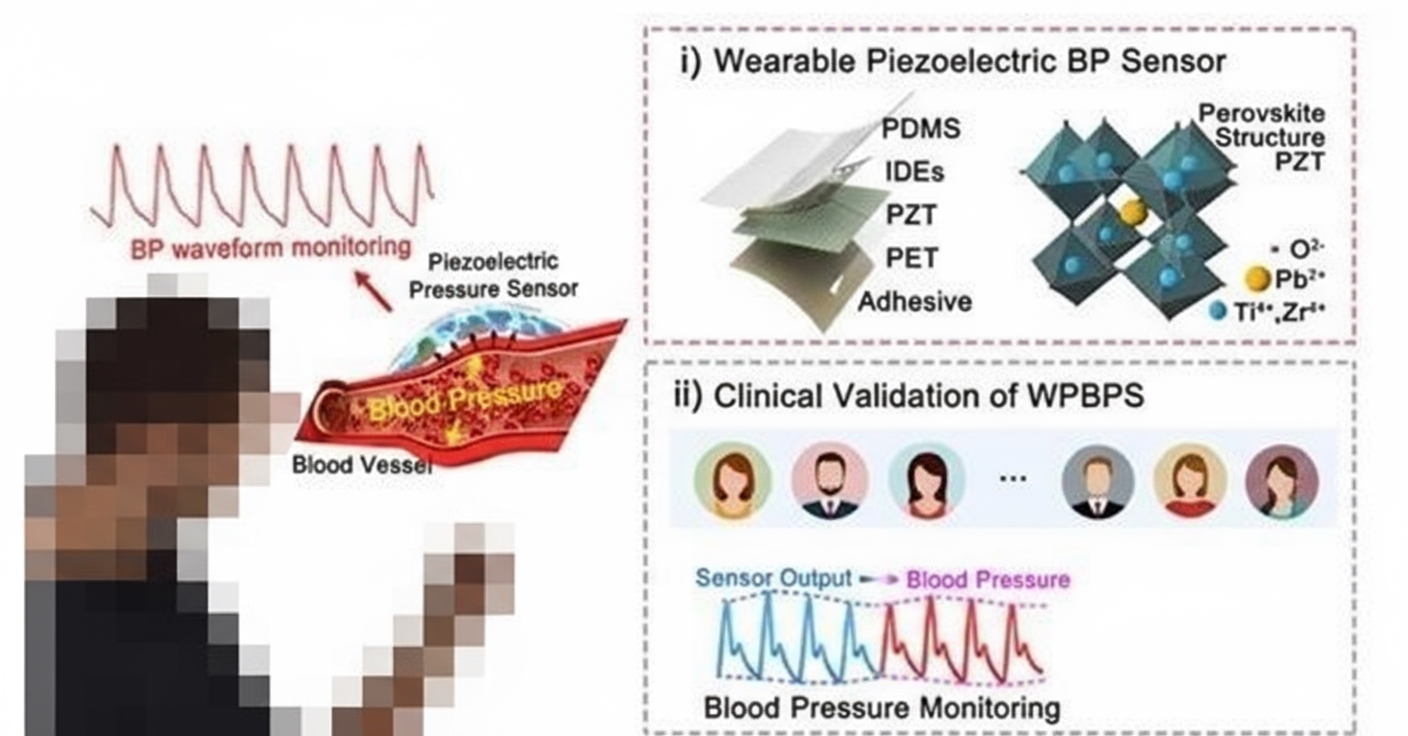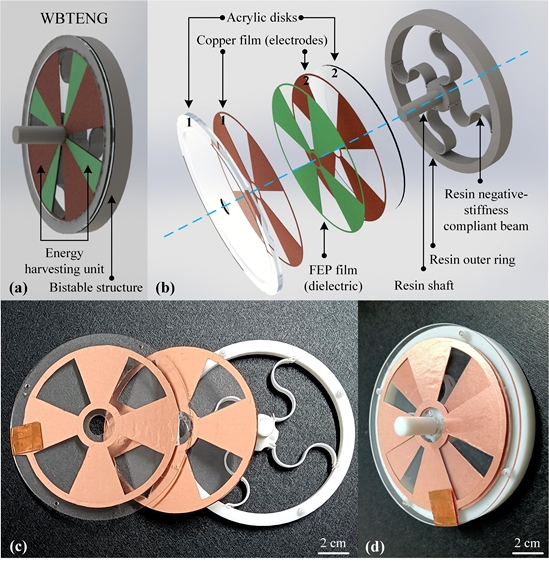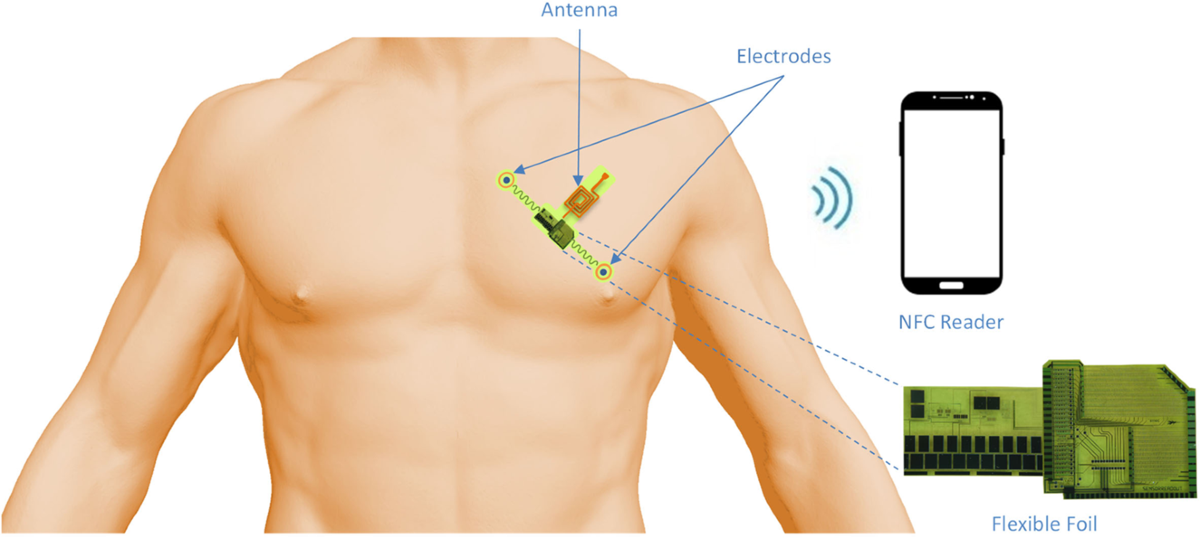Overview
This area is not just simple acoustics and electronics. Looking across the ecosystem, there are many components and technologies to consider.
openMHA System
The openMHA-based setup described here includes a battery and a pair of behind-the-ear (BTE) hearing aids, each side equipped with two microphones and a receiver-in-canal (RIC). The BTE-RIC units connect to a processing box via flexible cables. The hardware runs an optimized Linux distribution called Mahalia. The complete system can be worn on a neckband and supports on-site hearing-aid research using openMHA.
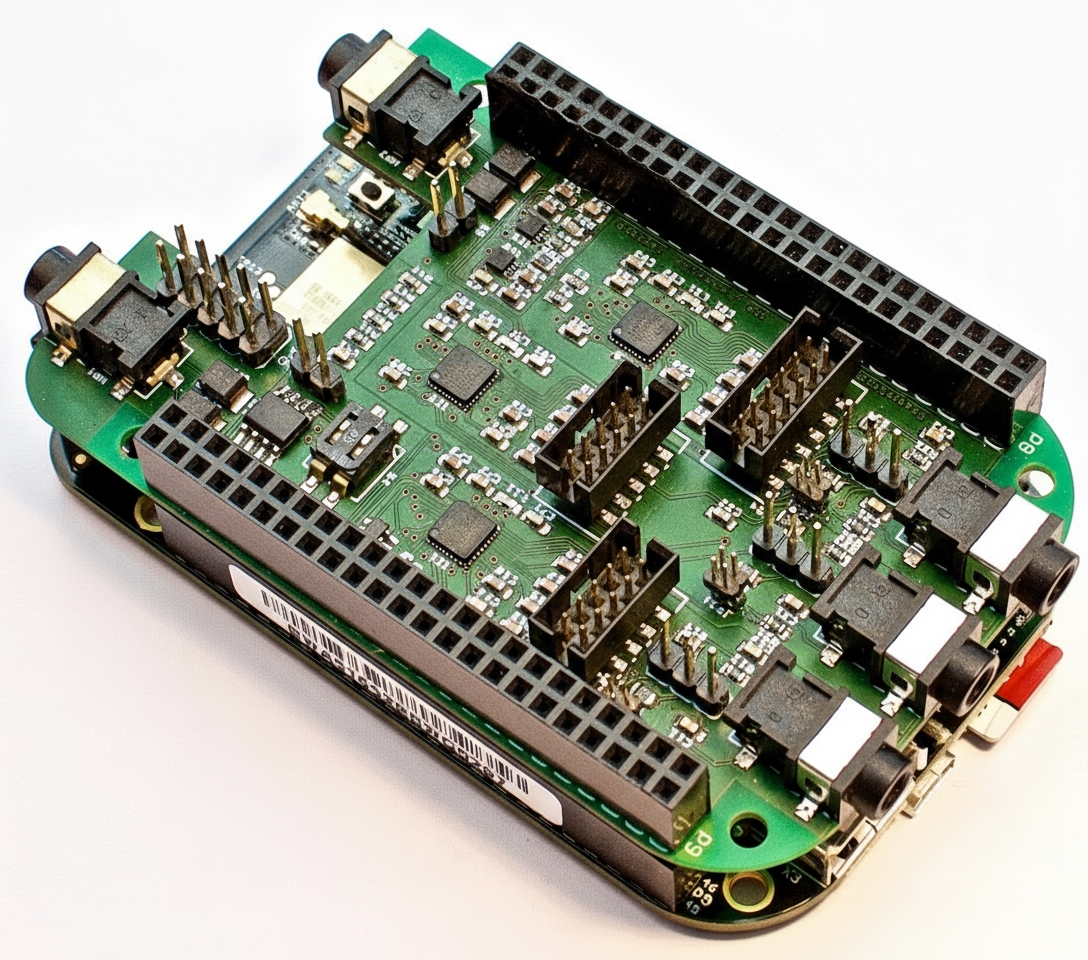
Hardware Examples and Platforms
Some open-source hardware platforms and academic groups provide reference designs. One carrier board uses a Nordic-style PCB color and layout.
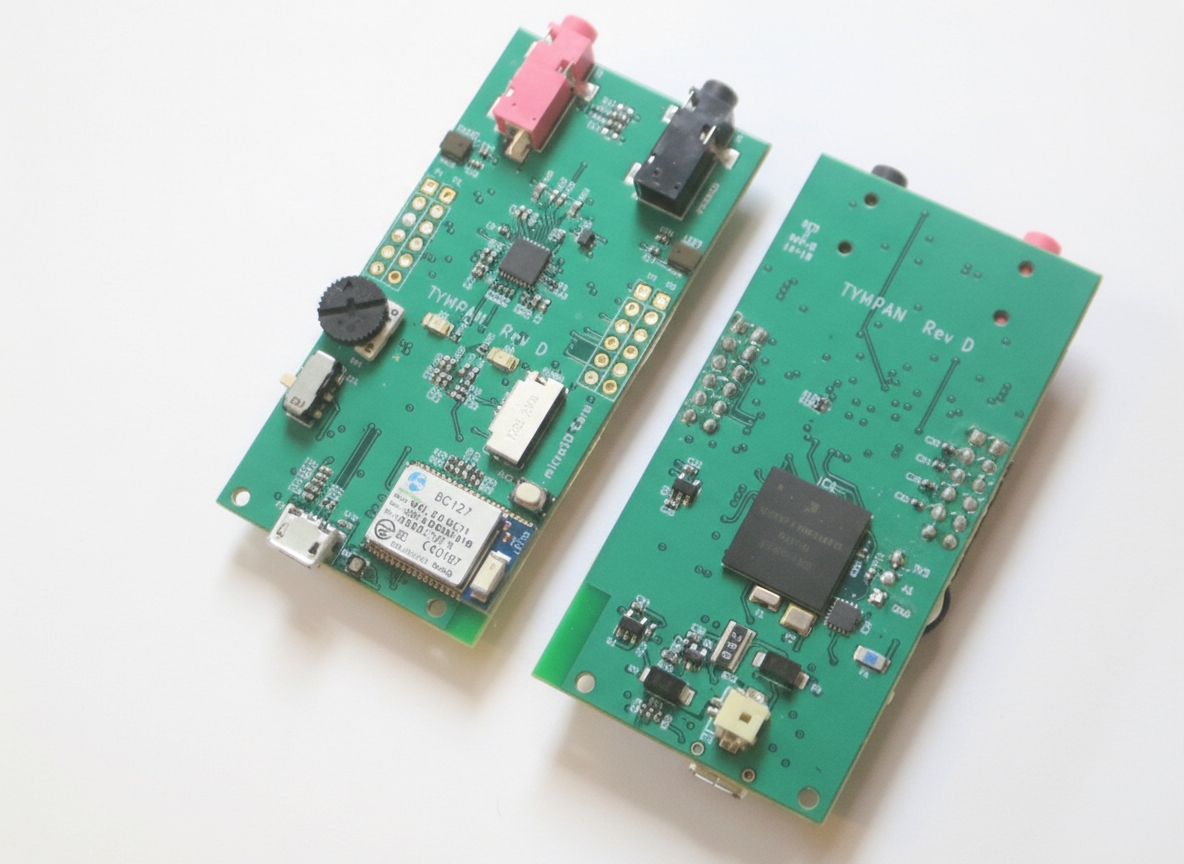
The Tympan project provides open-source hearing-aid hardware based on the Teensy 3.6. In international projects, platforms such as ESP32 and STM32 are not always the default choice for hearing-aid research; NXP chips are frequently used in commercial designs.
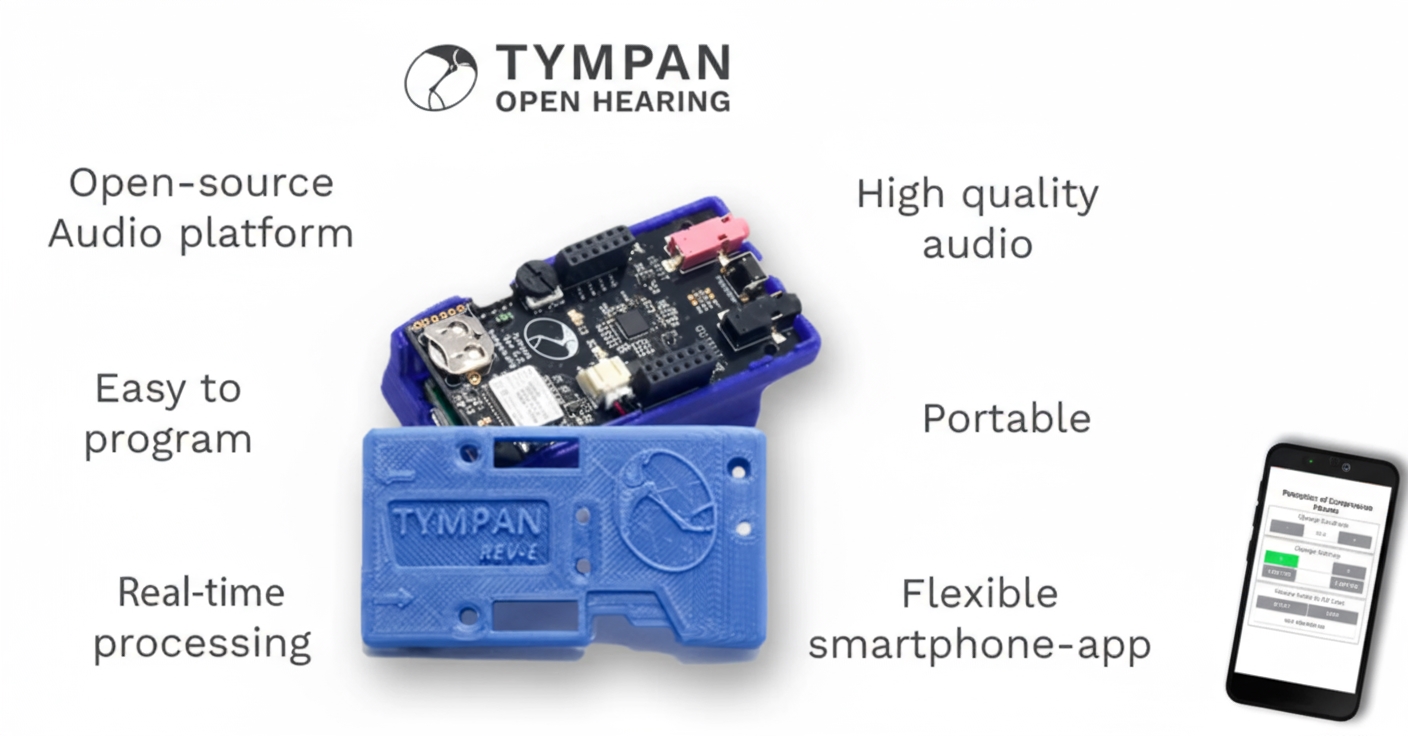
Hardware prototypes and assembly photos illustrate typical development workflows and the need for engineering resources to move from prototype to product.
Digital Audio and Encoders
When processing digital audio, codec and encoder choices are important. For low-latency speech and hearing-aid applications, codecs such as Opus are commonly referenced.
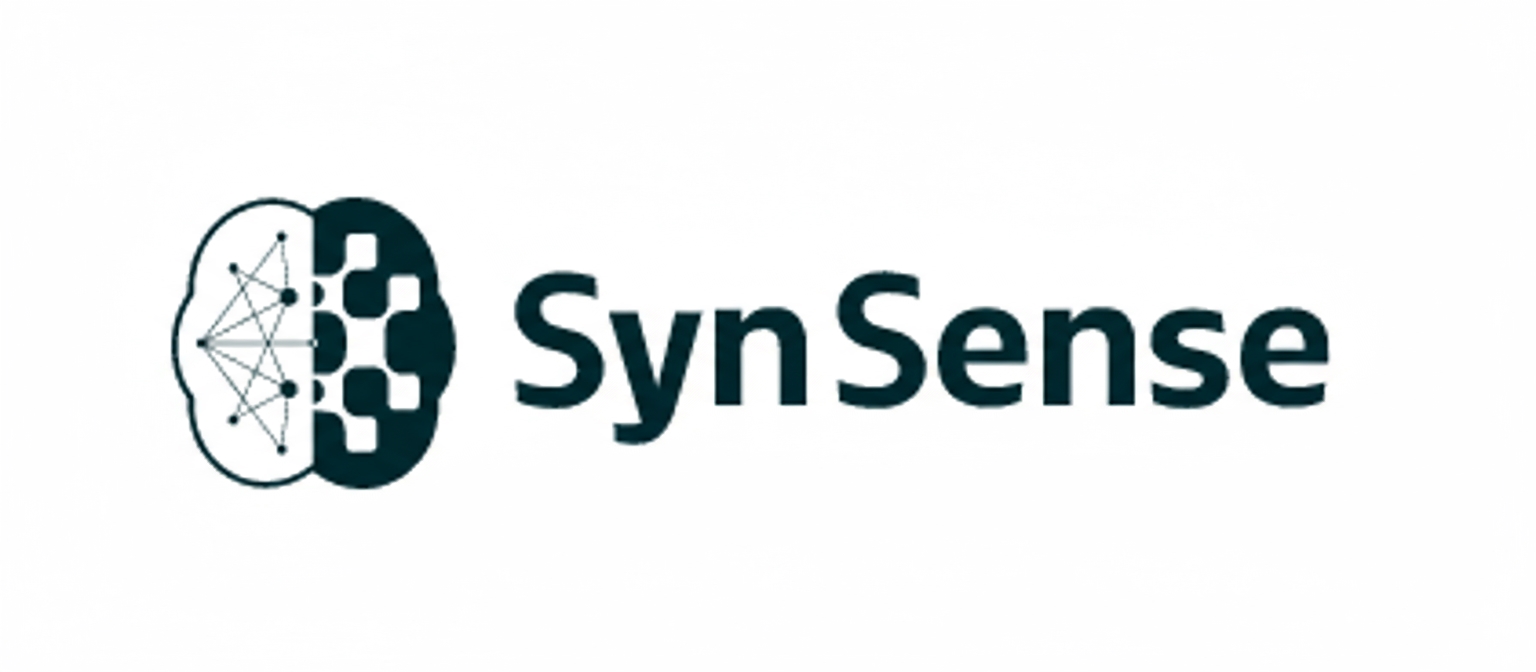
ASICs and Machine Learning
Some designs integrate ASICs that include neural-network processing to offload compute-intensive tasks from general-purpose processors.
There are companies focused on chip design and imaging solutions that also appear in adjacent product ecosystems.
Software systems and algorithms have evolved rapidly; for some applications, a software-centric architecture appears more viable than purely hardware-centric approaches.
Related Monitoring Examples
Adjacent fields such as wearable health monitoring show how sensors and mobile apps are integrated, though those examples are not direct analogues to bone conduction audio.
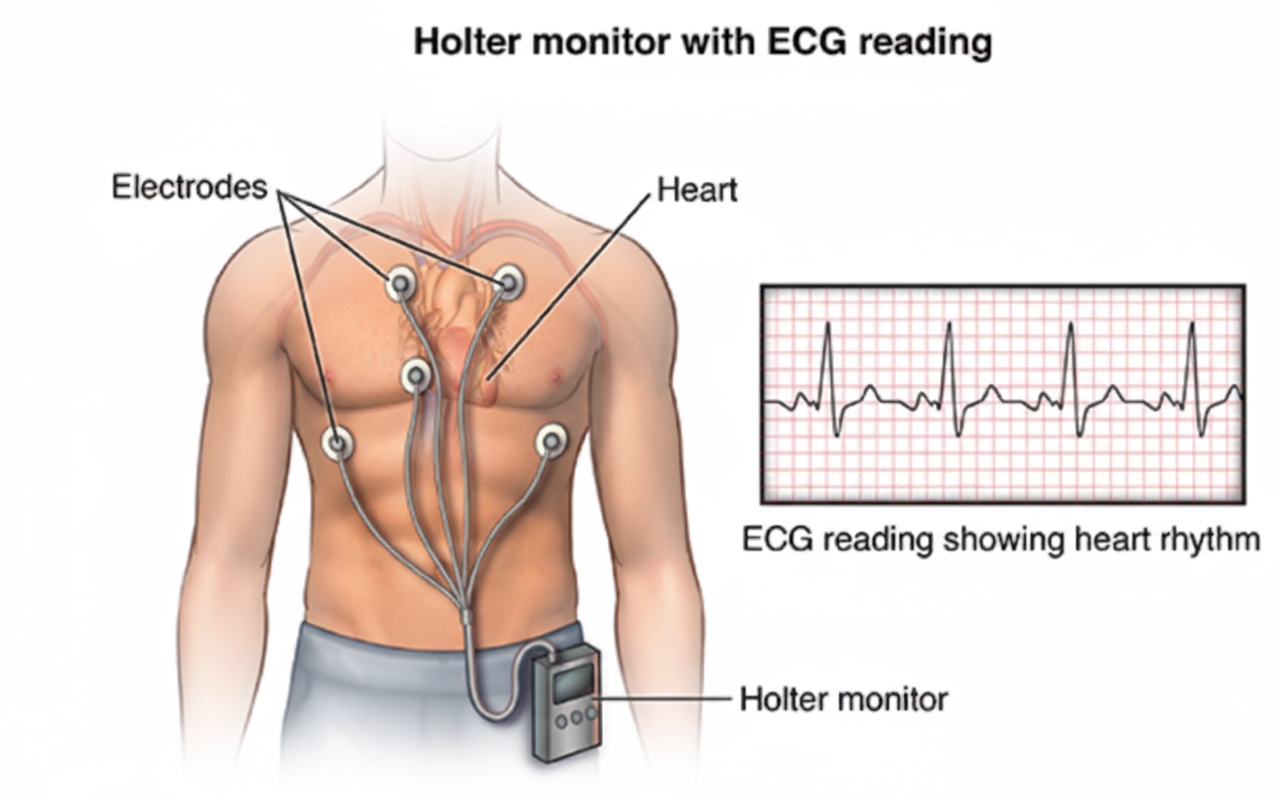
Drawbacks of Bone Conduction Headphones
Bone conduction headphones present several notable disadvantages, primarily related to audio quality and sound leakage. Because sound is transmitted through the skull bone, energy and timbre undergo significant attenuation and alteration, which can make the perceived audio less natural and realistic.
When the transducer vibrates, the housing can also vibrate and couple to surrounding air, causing sound leakage. This leakage can affect nearby people and compromise privacy. Although some leakage reduction techniques exist, they do not fully eliminate the problem.
Potential hearing damage is another concern. Bone conduction does not apply the same pressure to the eardrum as air-conduction headphones, but skull vibrations still stimulate the inner ear fluids and the organ of Corti. Prolonged use at high volumes can cause cumulative inner ear damage. Because bone conduction does not fully isolate external noise, users may increase volume to compensate, which further increases risk to the inner ear.
The user experience can also be limiting: some users report difficulty perceiving subtle sounds and distinguishing fine acoustic details when using bone conduction devices.
 ALLPCB
ALLPCB


